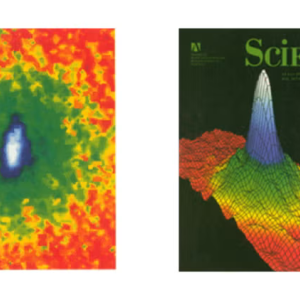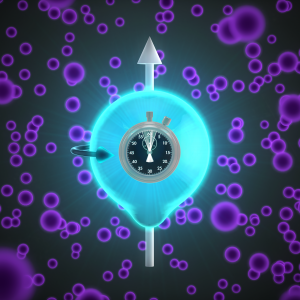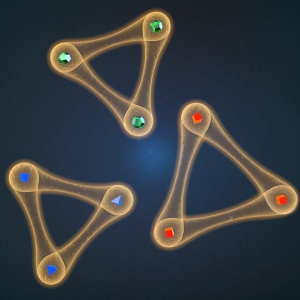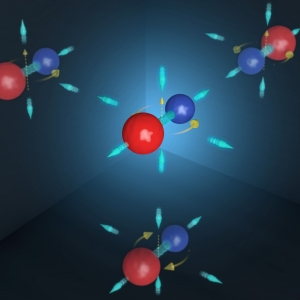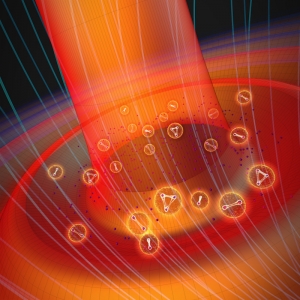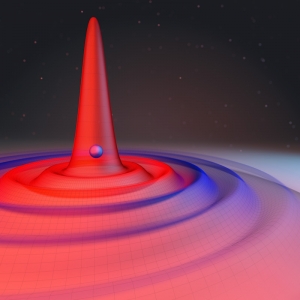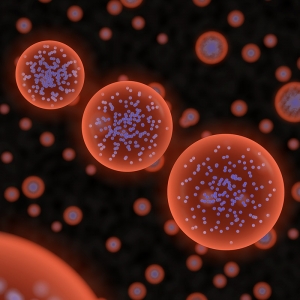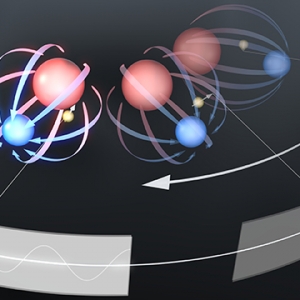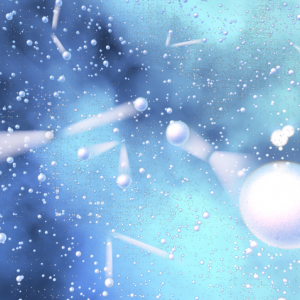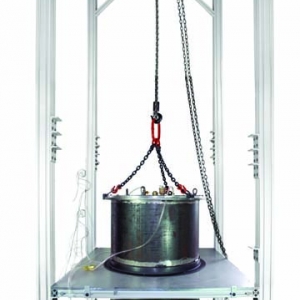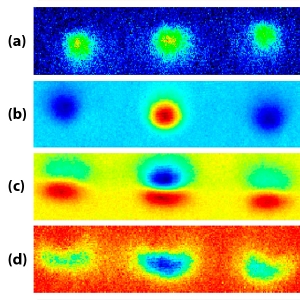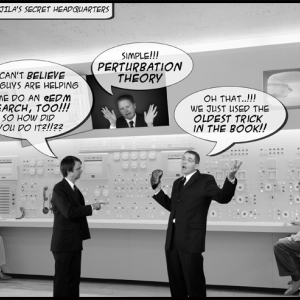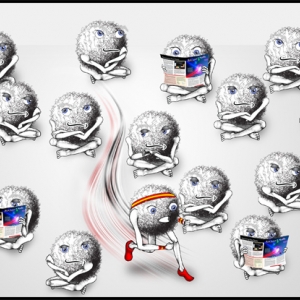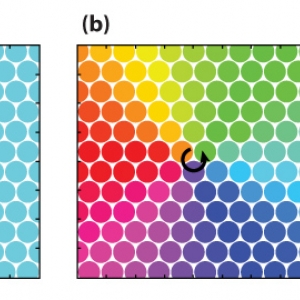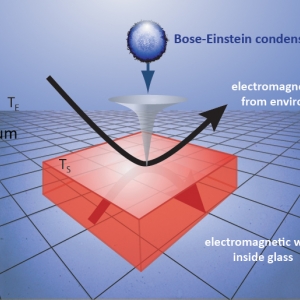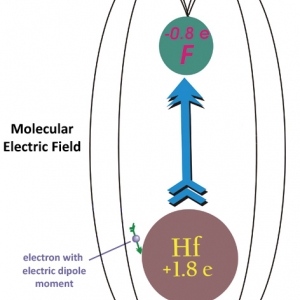Research Highlights
Atomic & Molecular Physics | Precision Measurement | Quantum Information Science & Technology
Thirty years of Bose-Einstein Condensates
Published:
PI: Eric Cornell
Precision Measurement | Quantum Information Science & Technology
Sizing Up an Electron’s Shape
Published:
PI: Eric Cornell | PI: Jun Ye
Precision Measurement | Quantum Information Science & Technology
Wiggles in Time: The Search for Dark Matter Continues
Published:
PI: Jun Ye | PI: Eric Cornell | PI: Konrad Lehnert
Atomic & Molecular Physics
How universal is universality?
Published:
PI: Eric Cornell | PI: Jun Ye
Precision Measurement
And, The Answer Is . . . Still Round
Published:
PI: Eric Cornell | PI: Jun Ye
Atomic & Molecular Physics
All Dressed Up and Ready to Probe
Published:
PI: Deborah Jin | PI: Eric Cornell
Atomic & Molecular Physics
From BEC to Breathing Forever
Published:
PI: Eric Cornell | PI: Heather Lewandowski
Atomic & Molecular Physics
Puff the Magic Atoms
Published:
PI: Deborah Jin | PI: Eric Cornell
Precision Measurement
The Dipolar Express
Published:
PI: Eric Cornell | PI: John Bohn | PI: Jun Ye
Atomic & Molecular Physics
Close Encounters with the Contact
Published:
PI: Deborah Jin | PI: Eric Cornell
Atomic & Molecular Physics | Precision Measurement
Buried Treasure
Published:
PI: Dana Anderson | PI: Eric Cornell
Atomic & Molecular Physics
The Oldest Trick in the Book
Published:
PI: Eric Cornell | PI: John Bohn
Atomic & Molecular Physics | Nanoscience
Bragging Rites
Published:
PI: Carl Wieman | PI: Deborah Jin | PI: Eric Cornell
Atomic & Molecular Physics | Nanoscience | Precision Measurement
Warm Side of the Force
Published:
PI: Eric Cornell




